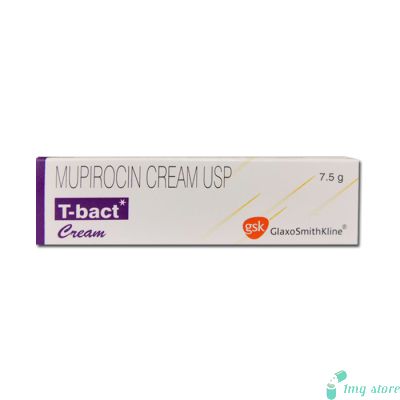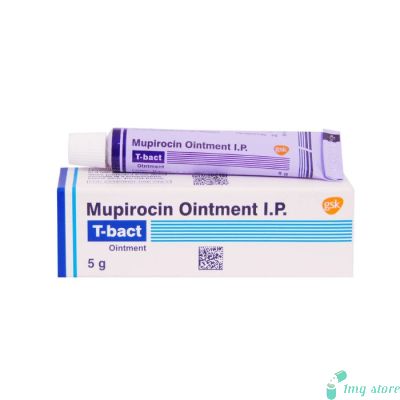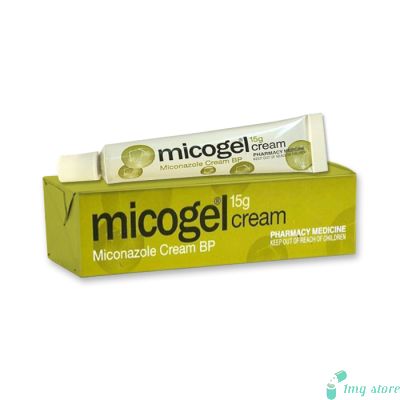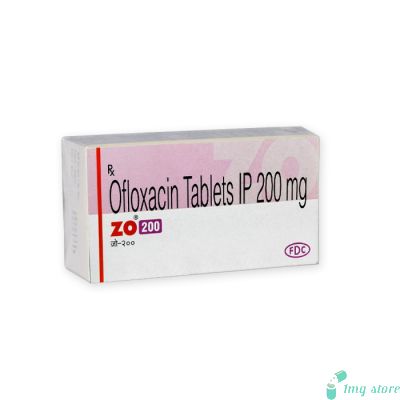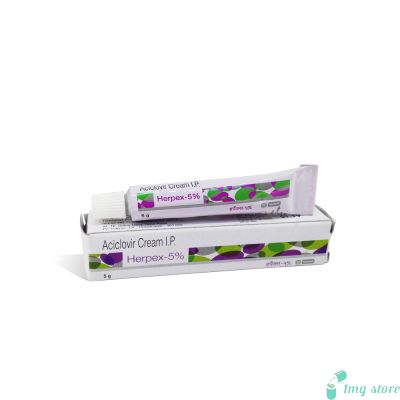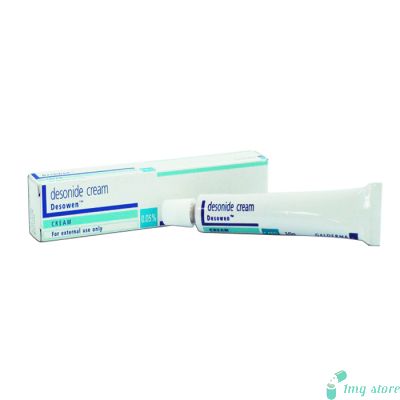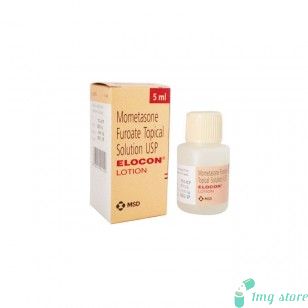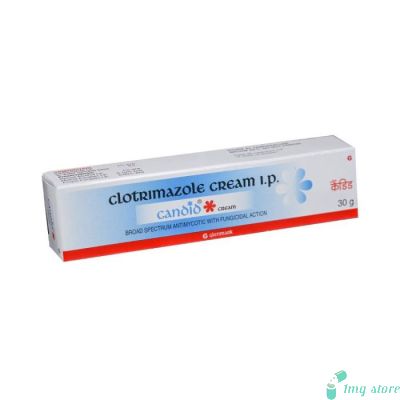B-Bact Ointment (Mupirocin)
Buy Mupirocin ointment, commonly marketed as B-Bact and Bactroban, is a topical medication used to treat a variety of skin infections caused by bacteria.
What is B-Bact Ointment (Mupirocin)?
Mupirocin ointment, commonly marketed as B-Bact and Bactroban, is a topical medication used to treat a variety of Skin Infections caused by bacteria. It belongs to the class of antibiotics known as monoxycarbolic acids and is highly effective in targeting specific bacterial strains. This comprehensive guide will provide you with valuable information about B-Bact, including its dosage, uses, side effects, precautions, and potential drug interactions.
How to Use B-Bact (Mupirocin Ointment)
Using B-Bact (Mupirocin ointment) effectively is essential for treating bacterial skin infections. Follow these steps for proper application:
Cleanse the Area: Gently clean the affected area with mild soap and water. Pat it dry using a clean, soft towel.
Apply Thin Layer: Using clean hands or a cotton swab, apply a thin layer of B-Bact ointment directly onto the infected area. Avoid using excessive amounts; a small, even layer is sufficient.
Gently Massage: If instructed by your healthcare provider, gently massage the ointment into the Skin. This helps ensure even distribution and absorption.
Cover if Needed: If the treated area is prone to getting dirty or rubbed, cover it with a sterile bandage or dressing. Follow your healthcare provider's advice on this.
Wash Hands: Thoroughly wash your hands after applying the ointment to prevent the spread of bacteria and medication to unintended areas.
Frequency of Use: Apply B-Bact as directed by your healthcare provider. Typically, it's used two to three times a day. Follow the recommended duration of treatment, even if the symptoms improve.
Avoid Eyes and Mouth: Take care not to get the ointment in your eyes, nose, mouth, or any other mucous membranes. If accidental contact occurs, rinse with water.
Continue Treatment: Use B-Bact for the entire prescribed period, even if the infection starts to improve. Stopping early could allow the infection to return.
Monitor Progress: Regularly observe the treated area for improvement. If you notice any unusual reactions or if the infection doesn't improve, consult your healthcare provider.
Discontinue if Necessary: If you experience severe irritation, redness, or rash at the application site, discontinue use and seek medical advice.
Mupirocin Ointment Over the Counter:
Mupirocin 2% ointment is often available over the counter in some regions. However, it's recommended to consult a healthcare provider before use. Professional advice ensures proper application, prevents misuse, and addresses any potential allergies or interactions.
Mupirocin Ointment Price:
Visit our website, 1mgstore.com, to check the current Mupirocin ointment price. Our platform offers transparent pricing information and easy accessibility, allowing you to make informed decisions about your healthcare needs. Always consult a healthcare provider before purchasing or using any medication.
Before using B-Bact (Mupirocin ointment), it is important to take certain precautions:
- Allergies: Inform your healthcare provider if you have a history of allergies to any medications, especially Antibiotics. An allergic reaction to Mupirocin/Bactroban could lead to serious complications.
- Pregnancy and Breastfeeding: Consult your doctor before using B-Bact if you are pregnant, planning to become pregnant, or breastfeeding. The potential risks and benefits should be discussed with your healthcare provider.
- Wound Depth: B-Bact is intended for superficial skin infections. It should not be used on deep wounds, puncture wounds, or serious burns. Consult a medical professional for appropriate treatment of such conditions.
- Avoid Contact with Eyes and Mucous Membranes: Take care to avoid getting the ointment in your eyes, nose, mouth, or any other mucous membranes. If accidental contact occurs, rinse thoroughly with water.
- Resistance and Overuse: Do not overuse Mupirocin ointment or use it for longer than prescribed. This can lead to the development of antibiotic-resistant bacteria, making future infections harder to treat.
Some of the specific indications for B-Bact Ointment (Mupirocin) include
B-Bact (Mupirocin ointment) is primarily prescribed for the treatment of skin infections caused by certain bacteria. It is commonly used to address impetigo, a contagious skin infection characterized by red sores that can ooze and develop a honey-colored crust. Additionally, it is effective in treating other superficial Bacterial Infections, such as secondary skin infections resulting from cuts, wounds, or other skin trauma. B-Bact/Bactroban works by inhibiting bacterial protein synthesis, ultimately leading to the suppression of bacterial growth and the resolution of the infection.
Mupirocin Ointment for Wounds:
Mupirocin ointment is commonly used for treating superficial bacterial infections in wounds. Its antimicrobial properties help prevent infection and promote healing. Clean the wound before applying the ointment as per medical guidance. If the wound worsens or doesn't improve, consult a healthcare professional.
Crucial Side Effects to Be Observed When Using B-Bact Ointment (Mupirocin)
While B-Bact is generally well-tolerated, some individuals may experience side effects. Common side effects include mild burning, stinging, or itching at the application site. These side effects are usually temporary and subside as the treatment continues. In rare cases, more severe side effects may occur, such as an allergic reaction characterized by rash, itching, swelling, severe dizziness, or difficulty breathing. If any of these symptoms are experienced, medical attention should be sought immediately. It is important to note that prolonged or improper use of antibiotics like Mupirocin can lead to the development of antibiotic-resistant bacteria.
Answers to Common Inquiries about B-Bact (Mupirocin Ointment)
Can I use B-Bact along with oral antibiotics for a skin infection?
Answer: B-Bact is primarily a topical treatment. Combining it with oral antibiotics may not be necessary. Consult your healthcare provider before using both to avoid potential interactions.
Is there a risk of B-Bact/Bactroban interacting with my daily moisturizer?
Answer: B-Bact's topical application is unlikely to interact with moisturizers. However, apply them at separate times to ensure the optimal effectiveness of both products.
Can I apply B-Bact on a burn wound along with a silver-containing ointment?
Answer: While no major interactions are reported, consult your healthcare provider before combining B-Bact with silver-containing ointments, especially for burn wounds, to ensure proper healing.
Are herbal creams safe to use alongside B-Bact?
Answer: Given B-Bact's minimal systemic absorption, topical herbal creams are unlikely to interact. Still, share your regimen with your healthcare provider to ensure safe usage.
Can B-Bact be used on my child's diaper rash concurrently with a zinc oxide cream?
Answer: Consult your healthcare provider before combining B-Bact and zinc oxide creams for diaper rash. Their guidance will help avoid any potential interactions and ensure your child's comfort.
Significant Drug Interactions that Require Attention For B-Bact Ointment (Mupirocin)
- Topical Medications: B-Bact is typically applied directly to the skin and is unlikely to interact with other topical medications. However, if you are using other topical products on the same area of the skin, it is advisable to apply them at different times to prevent potential interference.
- Systemic Antibiotics: B-Bact/Bactroban is primarily used topically and is not typically used in conjunction with systemic antibiotics. This reduces the likelihood of significant drug interactions. However, if your healthcare provider prescribes both topical B-Bact and systemic antibiotics, they will monitor your progress closely to ensure there are no adverse effects.
- Antiseptics and Disinfectants: While there is limited information on potential interactions with antiseptics and disinfectants, it is recommended to avoid applying other topical agents to the same area simultaneously as B-Bact. This can help prevent any potential interactions or reduce effectiveness.
- Corticosteroids: In general, there are no significant drug interactions reported between corticosteroids and B-Bact. However, if you are using corticosteroid creams or ointments on the same area of your skin, it is advisable to follow your healthcare provider's instructions to prevent any possible interactions.
- Immunosuppressants: B-Bact is not known to interact with immunosuppressant medications. However, individuals who are on immunosuppressive therapy should consult their healthcare provider before using B-Bact to ensure it is appropriate for their specific situation.
| Manufacturer | : | Wallace Pharma, India |
| Equivalent Brand | : | Bactroban |
| Generic Search | : | Mupirocin |







